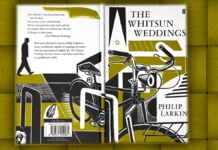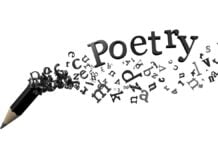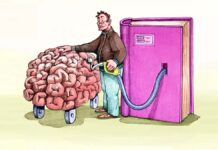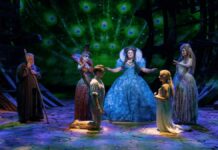The Beat Generation refers to a literary and cultural movement that blossomed in the United States in the post-World War II era. It reached its peak in the 1950s. The Beats were a diverse group of writers, artists, and musicians who were drawn to spontaneity, experimentation, and non-conformity. They were also deeply critical of American society, which they saw as materialistic, conformist, and repressive. Central to this movement were authors and poets such as Jack Kerouac, Allen Ginsberg, William S Burroughs, Neal Cassady, and John Clellon Holmes, among others. The movement’s name was coined by writer Jack Kerouac in 1948.
The Beat Generation sought a deeper, more personal understanding of existence, drawn to the exploration of individual consciousness, spirituality, and personal liberation. The name “Beat” is often interpreted as “weary,” but it also has connotations of “beatific” or blissful. The Beats were influenced by a variety of sources, including jazz music, existentialist philosophy, and Eastern religions. They were also inspired by the work of earlier writers such as Ernest Hemingway, F Scott Fitzgerald, and William Faulkner.
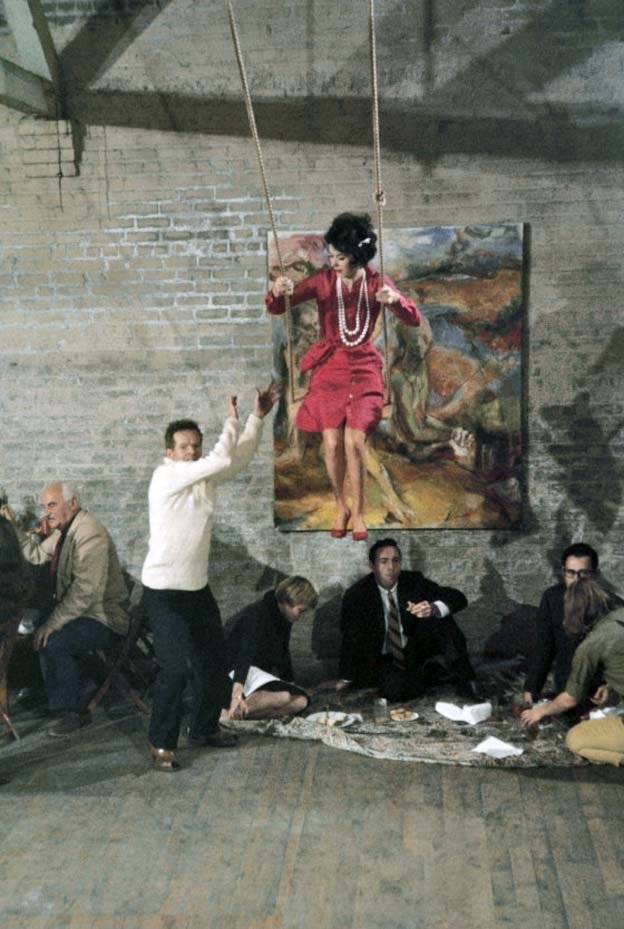
The Beats were prolific writers, and they produced a wide range of literary works, including novels, poems, plays, and essays. Some of the most notable Beat writers include Jack Kerouac, Allen Ginsberg, William S Burroughs, and Neal Cassady. The writers of the Beat Generation are widely known for their use of stream-of-consciousness writing, radical rejection of societal norms, interest in Eastern spirituality, and the exploration of drugs and alternative forms of sexuality. Key works from this movement include Jack Kerouac’s On the Road, characterized by its spontaneous prose style, Allen Ginsberg’s poem Howl, with its critique of mainstream society, and William S Burroughs’s Naked Lunch, known for its non-linear structure and explicit content. They are credited with laying the groundwork for the countercultural movements of the 1960s.
The Beats were also known for their distinctive lifestyle. They were often associated with drug use, sexual liberation, and poverty. They were also known for their distinctive fashion, which often included black berets, sunglasses, and leather jackets. The Beats were most active in New York City and San Francisco. In New York, they congregated at Greenwich Village coffeehouses such as the Caffe Reggio and the Cedar Tavern. In San Francisco, they gathered in the North Beach neighbourhood at places like Vesuvio Cafe and the Co-Existence Bagel Shop.
Literary Expression
The Beat Generation is primarily known for its literary output. Key works include Jack Kerouac’s On the Road, Allen Ginsberg’s Howl, William S Burroughs’ Naked Lunch, and many others. These writers often employed a spontaneous and stream-of-consciousness style of writing, breaking away from traditional narrative structures.
Rejection of Conformity
Beat writers rejected the societal norms and values of post-war America. They questioned the “American Dream” and consumer culture, opting for a more minimalist and non-materialistic lifestyle. They were critical of the homogeneity of society and sought to break free from the constraints of mainstream culture.
Exploration of Freedom and Non-Conformity
Freedom was a central theme. Beat writers often explored personal freedom, self-expression, and a rejection of societal expectations. They embraced non-conformity, experimented with drugs, and engaged in alternative forms of spirituality, such as Zen Buddhism.
Road and Travel
The road and travel were central motifs in Beat literature. Kerouac’s On the Road epitomized this theme, celebrating the idea of the open road as a symbol of personal liberation. The characters in these works often embarked on cross-country journeys and adventures, seeking to discover themselves and the essence of America.
Influence of Jazz and Music
Beat writers were heavily influenced by jazz and its improvisational nature. The rhythms and spontaneity of jazz found echoes in their writing styles. They frequented jazz clubs and embraced the bohemian lifestyle associated with jazz musicians.
Social and Political Critique
Beat literature often contained a critique of social and political issues, including racial inequality, the conformist nature of McCarthy-era America, and the oppression of non-conventional lifestyles. Ginsberg’s “Howl” is a notable example of this critique, addressing issues of mental illness, sexuality, and societal alienation.
Influence and Legacy
The Beat Generation had a profound impact on subsequent countercultural movements, including the 1960s hippie movement and the punk rock movement of the 1970s. It also influenced literature, music, and art in the decades that followed, with many authors and artists citing Beat writers as inspirations.
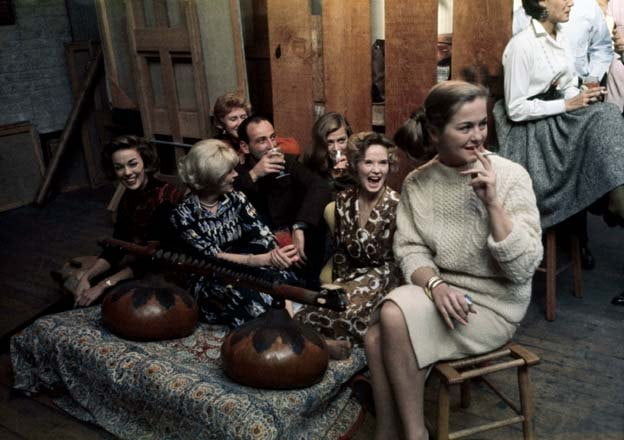
While the Beat Generation was a relatively short-lived movement, its ideas and ethos had a lasting impact on American culture. The Beats challenged conventional thinking and norms, paving the way for subsequent generations of artists and thinkers to explore alternative ways of living and expressing themselves.
















